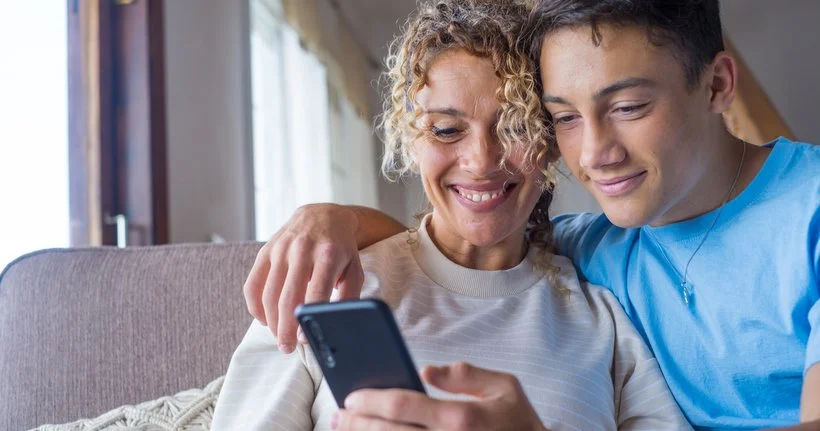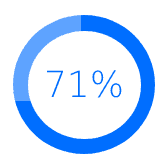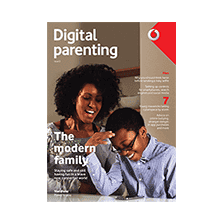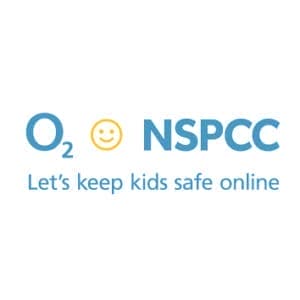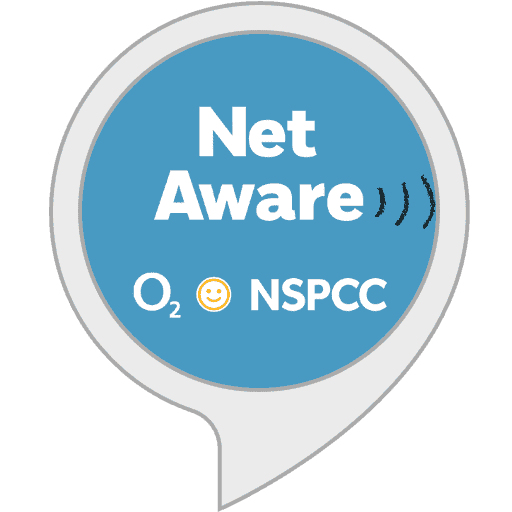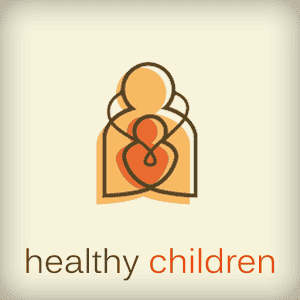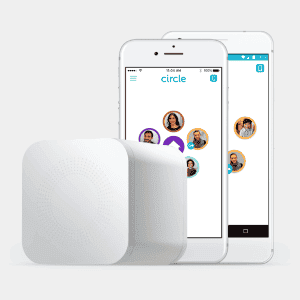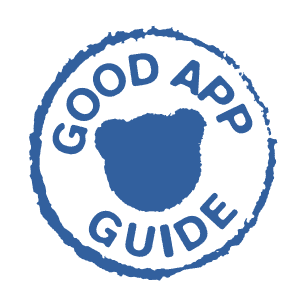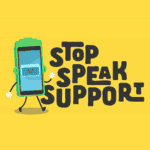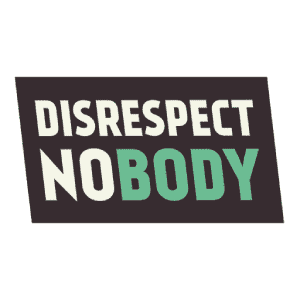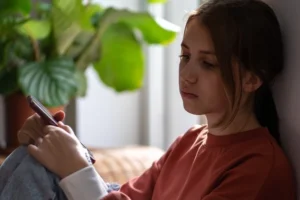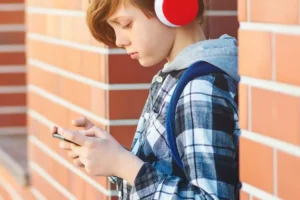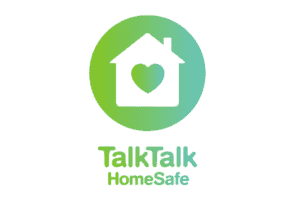supporting teens online 14 plus
now that your child's a teen the
internet will be a part of their daily
life
so have regular chats with them about
keeping themselves safe online
help them to think about how they can
build their critical thinking
and deal positively with any risks they
may be faced with online
adjust your parental control settings to
match their level of emotional maturity
our setup safe parental control guides
will walk you through the steps
from parental controls on your home
broadband to internet-enabled devices
your team has access to
put in place a family agreement that you
all agree to
to manage expectations of when where
and how they should use their connected
devices
developing a healthy relationship with
screens is also important
try not to dwell on how much time is
spent on screens but encourage your team
to use devices for a purpose
talk to them about how they can
self-regulate their screen time
for health benefits and removing
distractions
be a good role model as children tend to
copy what they see
don't be afraid to bring up challenging
issues like sexting
pornography and cyberbullying you'll
both benefit from these subjects being
out in the open
reassure your team that you're here to
support them and will not judge them if
they have an issue they feel is too
embarrassing to share
you can also make them aware of other
organizations that can support them
like Childline, if they feel they can't
come to you
keep them safe on the move by
encouraging them to use inbuilt
safety settings on mobile networks and
devices to filter out inappropriate
content
encourage them to review their privacy
settings on their social networking
sites to stay in control of what they
share and with who
talk about creating a positive digital
footprint
by encouraging them to create an online
image which reflects who they are
help your teen feel confident about
saying no if they're asked to do
something that puts them or others at
risk
and help them critically assess what
other people say about them online
talk to them about the pressure of being
asked to send revealing images
and point them to apps that can help
them feel empowered like Zipit
to build their digital resilience give
them a small allowance that they can use
to download
apps music and films for themselves
from places, you have both agreed on
doing all these things will help teens
become more web-savvy and thrive online
because safety on the internet matters
you


